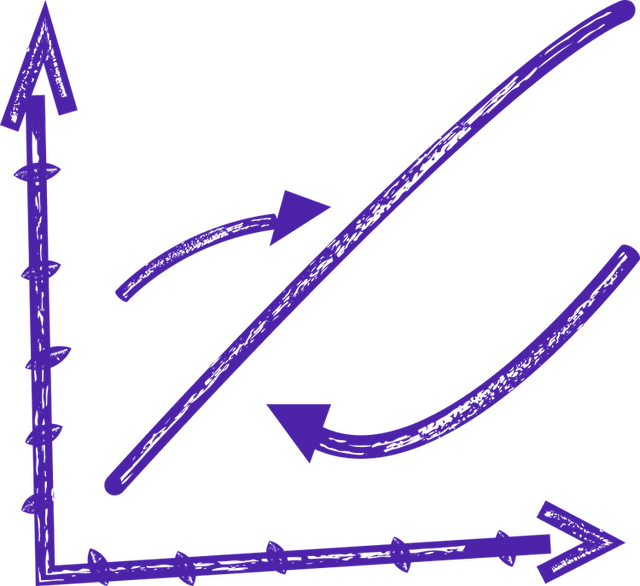
what is scrum methodology in agile
Scrum Methodology in Agile
In Scrum, projects are divided into small, manageable units called sprints, which typically last for two to four weeks. Each sprint begins with a planning session, where the team identifies and prioritizes the tasks to be completed during that period. These tasks are then organized into a backlog, which serves as a dynamic to-do list throughout the project.
At the start of each day, the team holds a short meeting known as the daily stand-up or daily scrum. During this meeting, team members discuss their progress, challenges, and plans for the day. This promotes transparency, collaboration, and alignment among team members, allowing them to address any issues promptly.
The Scrum methodology emphasizes continuous improvement through regular feedback loops. At the end of each sprint, the team conducts a sprint review, where they showcase the completed work to stakeholders and gather feedback. This feedback is then used to refine and reprioritize the backlog for subsequent sprints.
One of the key roles in Scrum is the Scrum Master, who acts as a facilitator and ensures that the Scrum framework is followed effectively. The Scrum Master helps the team remove any obstacles or impediments that may hinder their progress and fosters a culture of continuous improvement.
Another important role in Scrum is the Product Owner, who represents the stakeholders and is responsible for defining and prioritizing the product backlog. The Product Owner works closely with the team to ensure that the product backlog is refined, updated, and aligned with the overall project goals.
Scrum is known for its adaptability and flexibility. It embraces change and encourages teams to respond quickly to new requirements or insights. This is achieved through the concept of "sprint planning" and "sprint retrospectives," where the team reflects on their work and adjusts their approach for future sprints.
By implementing Scrum, organizations can benefit from increased productivity, improved collaboration, and faster time-to-market. The iterative nature of Scrum allows teams to deliver working software increments at the end of each sprint, enabling stakeholders to provide early feedback and make informed decisions.
In summary, Scrum Methodology in Agile is a powerful project management framework that promotes collaboration, flexibility, and continuous improvement. It empowers teams to deliver high-quality software products efficiently by breaking projects into manageable sprints, fostering transparency and alignment, and embracing change. By adopting Scrum, organizations can enhance their ability to adapt to evolving market demands and deliver value to their customers.
Let’s build your next digital product — faster, safer, smarter.
Book a free consultationWork with a team trusted by top-tier companies.








